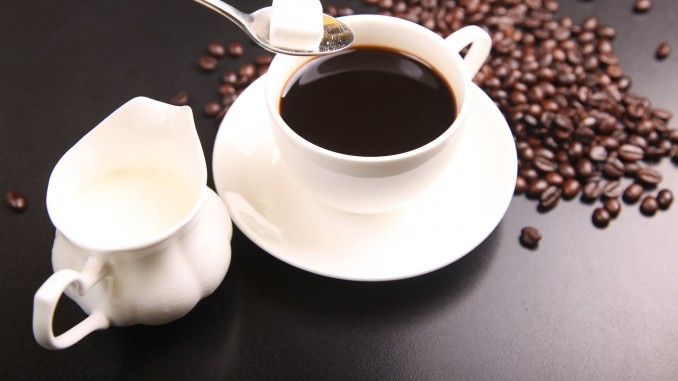
Featured image courtesy of Coffee Geek.
Could the coffee you are having in your cup be FAKE? There are rising concerns about the increasing rate of “fake coffee” in the market today. The challenging bit is that unscrupulous traders keep working on their formulas so that the consumer can hardly point out the fake coffee from the real one.
You could be wondering what fake coffee is. Basically, swindlers take a little percentage of coffee beans and mix with cheaper raw materials to create their powder. Other ingredients used in fake coffee are cornmeal and soybeans. Other than the natural additives, fake coffee may include chemicals or artificial supplements. In some cases, the commodity doesn’t contain any material amount of real coffee at all.
Consequently, they will sell it cheaper and will definitely attract many retailers. Many coffee outlets and cafes make a major cut when selling fake coffee. This is because they at times sell at the rate of high-quality beans yet they obtained at a cheaper price. So, how can one identify fake coffee?
Distinguishable Characteristics of Real Coffee
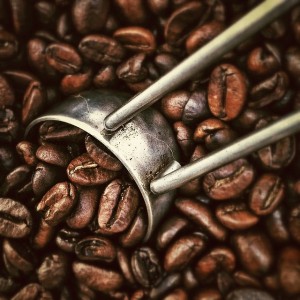
1. Volume
When you obtain your package, inspect it physically. Did it come from a reputable seller such as Anthony’s Espresso or in a gorgeous gift basket (such as ones found here)? A pack of real coffee powder should appear larger and feel lighter than that of the cereals of the same net weight. This is because coffee puffs up during roasting and increases its volume to almost twice its normal. Cereal powder of the same quantity will feel dense and heavy compared to real coffee.
2. Subtle odor
Even if the fake traders keep on innovating new tricks, it is hard to beat the unique aroma of this marvelous bean. True coffee has a fine, delicate odor; it can be full-bodied, fruity, earthy or so. However, the odor is defined and enjoyable. On the other hand, the counterfeits will elicit strong, irritating scents that are hardly defined. Even when boiled, it is easy to distinguish the aroma tones of true coffee, something you can hardly do with a fake brew. Unfortunately, someone new to coffee can hardly distinguish true coffee from the fake one through smell. This is because they have no prior experience with the commodity. It would thus be better to use other features of coffee to identify its authenticity before drinking.
3. Looseness and Viscosity
Looking at true coffee powder, the particles appear loose, with no tendency to stick together or to the surface. No wonder, it is so easy to obtain a perfect grind, even of the finest size, with authentic coffee. On the contrary, particles of the fake powder tend to stick together or onto the surface. If you put the powder in a glass of water, true coffee should inflate, while the fake one lumps up. Even when brewed, pure coffee is light and less viscous. Due to the presence of amylase in fake coffee, such a brew will be very sticky and highly viscous. It will actually stick to your mug. Real coffee shouldn’t.
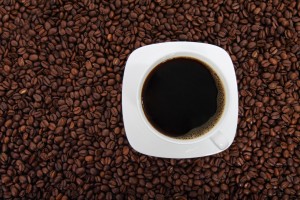 4. Color
4. Color
A proper roast of coffee beans will result to a dark brown powder and create a light to dark brown brew. If you ice it, then the color of your brew should appear sparkling brown. If this was fake coffee, you will have something black. This is because they mix black-colored roasted corn and yellow-light brown roasted soybean.
5. Taste
The signature taste of coffee is a tantalizing mix of mild acidity and sourness. Even if it differs in the level of acidity depending on where it was grown, many fake brands can hardly bring out the true taste of coffee. Actually, most of them tend to eliminate the bitterness and make it taste sweeter.
Coffee is a revitalizing beverage loved by many. Numerous people around the world enjoy a cup every day. However, their experience is getting threatened by the existence of fake coffee in the market. It is not always easy to differentiate the real coffee from its fake counterpart. This makes consumers keep off or opt to brew their favorite drink from their homes. Even so, one always has to make sure they get an authentic pack unless they are grinding the fresh roasted beans at home.
Besides, real coffee has numerous health benefits that drinkers cannot guarantee with the fake one. In fact, some of the additives used in a fake coffee can lead to serious health related complications. Use the above ideas to identify authentic coffee so that you can stay energized and healthy after your drink.
 About the Author: Rudy Caretti has more than 15 years of experience in the coffee industry, a passion that started in Italy within the family business and brought him to found Gimoka Coffee UK and G Coffee Pod with a group of friends, who share the same passion. Since he roasted his first batch of coffee seeds as a teenager, he was fascinated by the many ways it can be processed to get the many different distinctive flavors we all love. As a coffee connoisseur, Rudy has always been aware of the vital role played by coffee in most people’s social life and he is especially active through the company’s social media and blog. He loves sharing his knowledge with readers around the world, writing and posting articles that range from the coffee brewing techniques to raising awareness of the importance of responsible production to help protect the rights of farmers and protect the environment.
About the Author: Rudy Caretti has more than 15 years of experience in the coffee industry, a passion that started in Italy within the family business and brought him to found Gimoka Coffee UK and G Coffee Pod with a group of friends, who share the same passion. Since he roasted his first batch of coffee seeds as a teenager, he was fascinated by the many ways it can be processed to get the many different distinctive flavors we all love. As a coffee connoisseur, Rudy has always been aware of the vital role played by coffee in most people’s social life and he is especially active through the company’s social media and blog. He loves sharing his knowledge with readers around the world, writing and posting articles that range from the coffee brewing techniques to raising awareness of the importance of responsible production to help protect the rights of farmers and protect the environment.

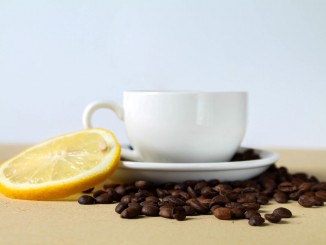
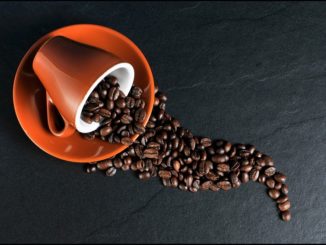
Be the first to comment